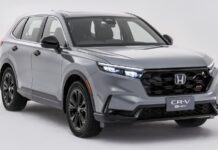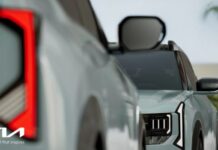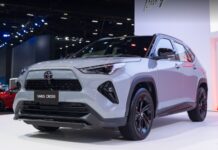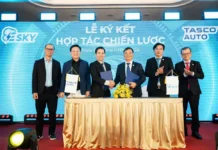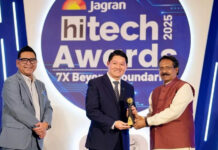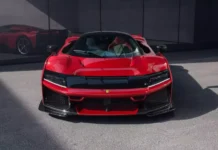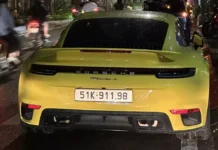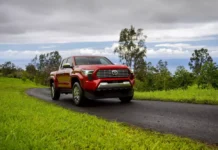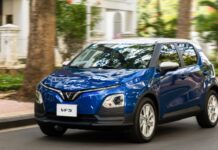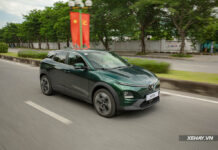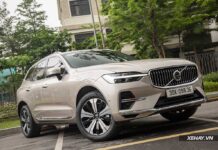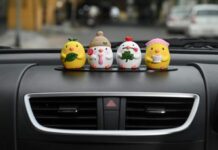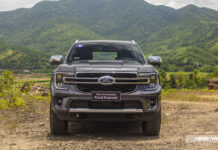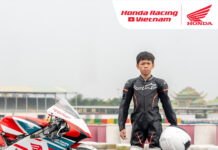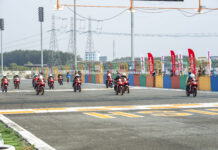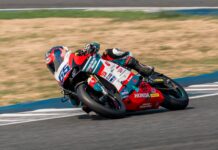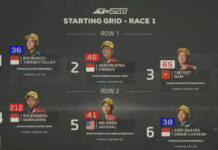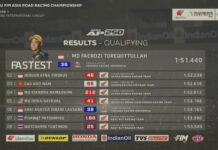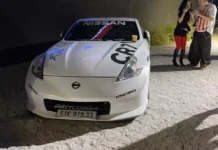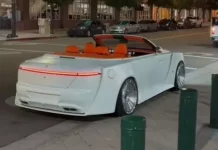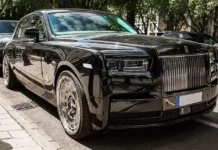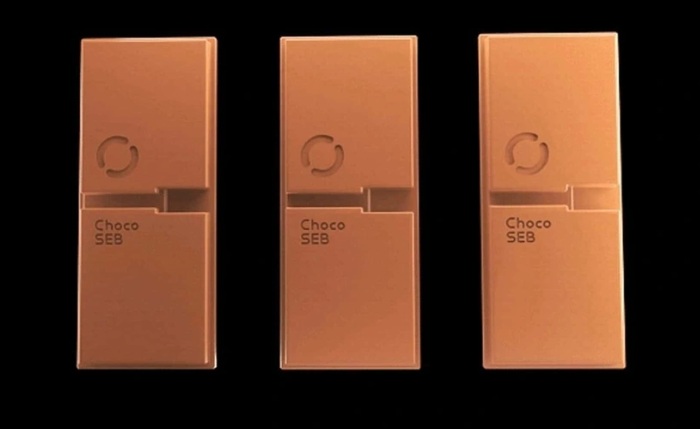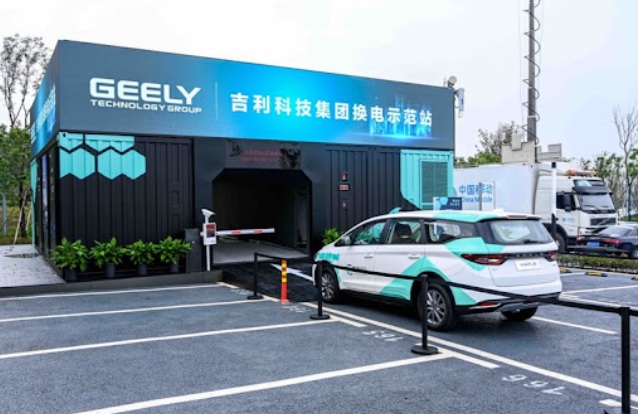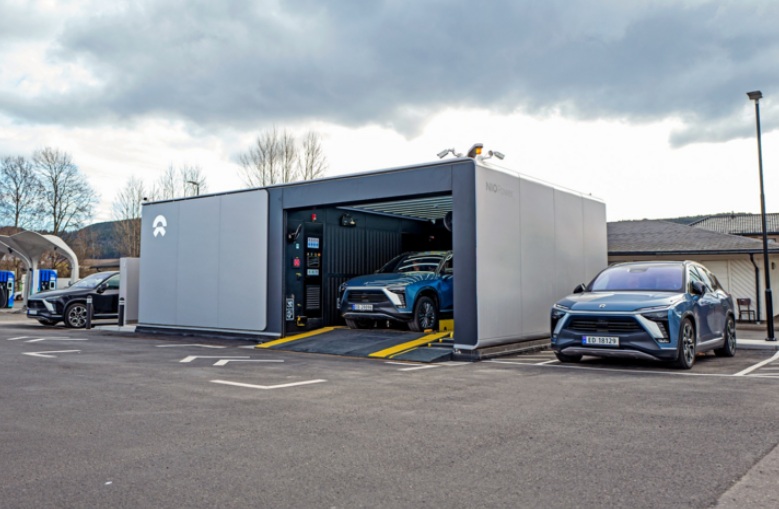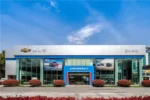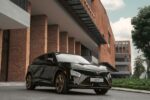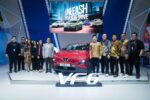While Tesla ignited the concept of battery swapping for electric vehicles in the early 2010s, it’s the Chinese automakers that have persevered and now lead the global race for this technology.
Nio, a pioneer in China’s electric vehicle market, is also a standout name in battery swapping. They’ve built thousands of swap stations across China and are gradually expanding into Europe. Nio goes beyond technology, crafting a practical ecosystem that paves the way for battery swapping as a viable energy solution.
In parallel, CATL, the world’s largest battery manufacturer, is expediting the deployment of a next-generation swap station network, featuring their Choco-SEB batteries. These batteries boast an impressive 100-second swap time at dedicated stations, outpacing traditional fuel fill-ups.
Changan Automobile recently launched 1,000 Oshan 520 sedans, the first model to utilize CATL’s swappable Choco-SEB batteries. Designed with taxi services in mind, this vehicle emphasizes operational efficiency and maximizes the benefits of battery swapping to reduce downtime.
Currently, Chongqing city operates 34 Choco-SEB swap stations, but CATL’s ambitions are far-reaching. They aim to install 1,000 swap stations across 31 Chinese cities by 2025.
Notably, these swap stations are designed to serve diverse electric vehicle brands. CATL has partnered with major manufacturers like GAC, Chery, Nio, SAIC, FAW, and BAIC to develop compatible models. This enables each station to serve up to 822 swap transactions per day, creating a promising shared network.
The Oshan 520 isn’t alone; several electric vehicles sold in China are confirmed compatible with CATL’s battery-swapping technology, including: GAC Aion S, Hongqi E-QM5, SAIC Roewe D7, BAIC C66, Wuling Bingo, Wuling Starlight, SAIC Rising R7, SAIC Maxus Mifa 9, and SAIC Maxus Dana.
The rapid increase in these models indicates the potential for large-scale standardization of battery-swapping technology, previously considered a hurdle.
CATL not only innovates in swap speed but is also the first company to meet China’s “non-flammable, non-explosive” battery standard, issued on March 28, 2025. This new standard mandates that electric vehicle batteries must not catch fire or explode during heat diffusion, and any smoke emitted should not harm passengers. CATL has achieved this milestone a full year ahead of the standard’s effectiveness date of July 1, 2026, reinforcing their leadership in safe and sustainable battery technology.
With a dense network of swap stations, an expanding partner ecosystem, and government support, battery swapping is transitioning from a pilot model to a mainstream trend in the world’s largest electric vehicle market. While Tesla may have envisioned a future with swap stations, it’s Chinese giants like Nio and CATL that are methodically, comprehensively, and rapidly turning that vision into a reality. As the rest of the world focuses on fast-charging infrastructure, China could be the first to standardize the battery-swapping model, leading not just in electric vehicle production but also in defining the standards for the mobile energy industry of the 21st century.
The Ultimate VinFast Offer: It’s Time to Go Electric
“With a nation-wide loyalty program, VinFast is offering an incredible 4% discount across its entire range of electric vehicles. This initiative, titled “Vietnamese Spirit Ablaze – For a Green Future”, is now in its third iteration and makes VinFast’s cutting-edge, eco-friendly cars even more accessible to families across the country. It’s a bold move that ignites a passion for a sustainable future.”
Electric Vehicle Charging Stations in Vietnam: The Race That Can’t Afford to Slow Down
The shift towards electric vehicles is not merely about changing personal choices; it poses a significant challenge to the existing infrastructure. With a rapid surge in electric cars on our roads each year, the question looms: Is Vietnam’s charging infrastructure ready to keep pace and avoid being left behind?
The Rise of China’s Automotive Industry: Unlocking Global Dominance
Over the decades, Beijing has strategically transformed China into the world’s largest automotive manufacturer and exporter. This remarkable feat was achieved through a carefully crafted industrial strategy that involved a delicate balance of protectionism, technological innovation, and permissive planning overshoots.

